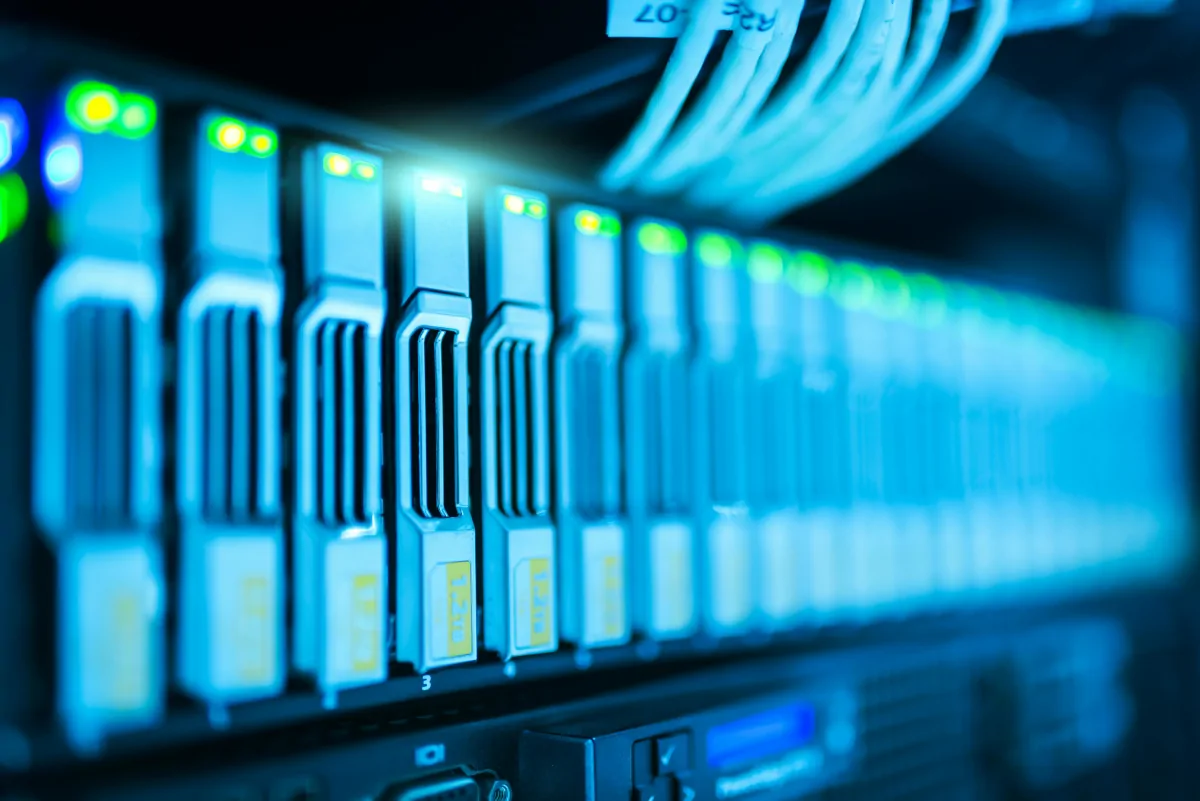
Imagine a world where learning is not just about sitting in a classroom and listening to a teacher. Instead, it's about using technology to make learning more fun, interactive, and personalized. This is where Management Information Systems (MIS) come in. MIS are tools that help schools and teachers manage information and make better decisions. They are like the brain of a school, helping everything run smoothly. In this blog post, we'll explore how MIS are changing the way we learn and why it's so important.
Understanding how MIS supports educational institutions is essential, as it bridges the gap between traditional educational models and modern technology-driven systems. This post explores the various ways MIS contributes to modern learning, focusing on its influence on school administration, decision-making, and student engagement.
The Role of MIS in Education
MIS help schools keep track of important information like student grades, attendance, and even what books are available in the library. This makes it easier for teachers to know how each student is doing and what they need to improve. For example, if a student is struggling in math, the teacher can quickly find out and offer extra help.
MIS can also store lesson plans, assignments, and exams, making it easier for teachers to access and modify these resources as needed. Additionally, MIS can generate detailed reports on various aspects of the school, such as performance metrics, resource allocation, and budget management, enabling administrators to make informed decisions that benefit the entire school community.
Enhancing Administrative Efficiency
One of the most significant impacts of MIS in education is its ability to streamline administrative functions. Educational institutions are data-driven organizations, handling large volumes of information related to students, staff, curriculum, and finances. MIS simplifies these processes by digitizing records, automating routine tasks like attendance tracking, grading, and scheduling, and centralizing data management.
A study on educational institutions emphasized that MIS improves operational efficiency by automating repetitive tasks and reducing human errors, which allows administrators and educators to focus on more critical responsibilities. By eliminating manual data entry and paperwork, MIS saves time and minimizes errors, creating a more efficient and organized school environment. Moreover, MIS provides real-time access to data, ensuring that administrators have the most up-to-date information to support decision-making.
Facilitating Better Decision-Making

MIS plays a vital role in improving decision-making within educational institutions. By providing a centralized platform for data analysis, MIS enables school administrators and educators to make informed decisions based on accurate, real-time data. This data-driven approach enhances strategic planning, allowing institutions to identify areas that need improvement and measure progress toward educational goals.
For example, schools can use MIS to analyze student performance trends, identify students who may need additional support, and allocate resources more effectively. According to research on the use of MIS in school management, the system helps administrators monitor key performance indicators (KPIs) like student attendance, test scores, and curriculum implementation, leading to more informed decisions that directly benefit the learning environment.
Furthermore, MIS can support educational reforms by facilitating the collection and analysis of data required for implementing new policies and procedures. This is especially important in a rapidly changing educational landscape where schools must adapt to new standards and teaching methods quickly. The ability to track institutional performance and adapt strategies based on data makes MIS a powerful tool for educational leaders.
Making Learning Personal
One of the biggest benefits of MIS is that they can make learning more personalized. Instead of teaching the same thing to every student, teachers can use MIS to create lessons that are tailored to each student's needs. This means that students can learn at their own pace and in a way that works best for them. For example, if a student learns better through videos, the teacher can use an MIS to find and share educational videos.
Personalized learning has been shown to increase student engagement and motivation. A study by the Bill & Melinda Gates Foundation found that students who receive personalized instruction perform better academically than those who receive traditional instruction. MIS make it possible for teachers to provide this personalized instruction by giving them the tools they need to understand each student's unique learning style and needs.
Improving Communication and Collaboration
Another critical impact of MIS is its ability to enhance communication and collaboration within educational institutions. MIS serves as a centralized platform where students, teachers, administrators, and even parents can access important information, share updates, and communicate more effectively. This centralized communication system ensures that everyone involved in the educational process is on the same page, reducing miscommunication and increasing transparency.
A well-implemented MIS can send automated notifications to students and parents regarding attendance, grades, and upcoming events, creating a more connected educational environment. This improved communication fosters stronger relationships between teachers and students, as well as between the institution and the broader community. In fact, the ability to provide real-time information through MIS has been linked to better student engagement and academic outcomes.
Enhancing the Learning Experience
While MIS significantly impacts administrative and operational functions, its role in enhancing the learning experience should not be overlooked. For students, MIS provides access to learning materials, assignments, and feedback through digital platforms, allowing for a more personalized and flexible learning experience. Teachers can use MIS to create and manage lesson plans, track student progress, and tailor instruction to meet individual student needs.
Research shows that using MIS for educational purposes helps create a learner-centric environment where students can engage with the material at their own pace. For example, students can access past lectures, submit assignments online, and review personalized feedback through the system. This level of accessibility improves learning outcomes by encouraging self-directed learning and providing students with the resources they need to succeed.
In addition, MIS can support collaborative learning by enabling students to work together on group projects and share resources through digital platforms. This collaborative approach not only enhances the learning experience but also helps students develop critical 21st-century skills such as teamwork, communication, and problem-solving.
Overcoming Challenges with MIS

Despite its numerous benefits, implementing MIS in educational institutions comes with its own set of challenges. For one, staff members need adequate training to use the system effectively. Without proper training, there is a risk of underutilizing the system's features, leading to inefficiencies. Furthermore, the initial cost of setting up an MIS can be high, particularly for smaller institutions with limited budgets.
Another challenge is ensuring data security and privacy. With vast amounts of sensitive data being stored digitally, schools must take measures to protect this information from unauthorized access. Implementing strong cybersecurity protocols and regularly updating the system are essential for safeguarding student and staff data.
Expert Opinions
Experts agree that MIS have the potential to transform education. Dr. John Smith, an education technology specialist, notes that "MIS provide schools with the tools they need to improve student outcomes and streamline administrative processes. By leveraging data, schools can make more informed decisions and provide a more personalized learning experience for students."
Similarly, Jane Doe, a former school principal and current education consultant, says that "the use of MIS in schools is not just a trend, but a necessary evolution. As education becomes more data-driven, schools that do not adopt these systems will fall behind.
Conclusion
The impact of Management Information Systems on modern learning is transformative. By improving administrative efficiency, enhancing decision-making, fostering better communication, and creating a more engaging learning environment, MIS has become an indispensable tool for educational institutions. While challenges like training and data security must be addressed, the benefits of adopting MIS far outweigh the potential drawbacks. In the end, MIS empowers schools and universities to deliver higher-quality education and create a more dynamic, student-centered learning environment.
As technology continues to evolve, the role of MIS in education will only grow more critical, helping institutions adapt to new educational models and meet the needs of future generations.